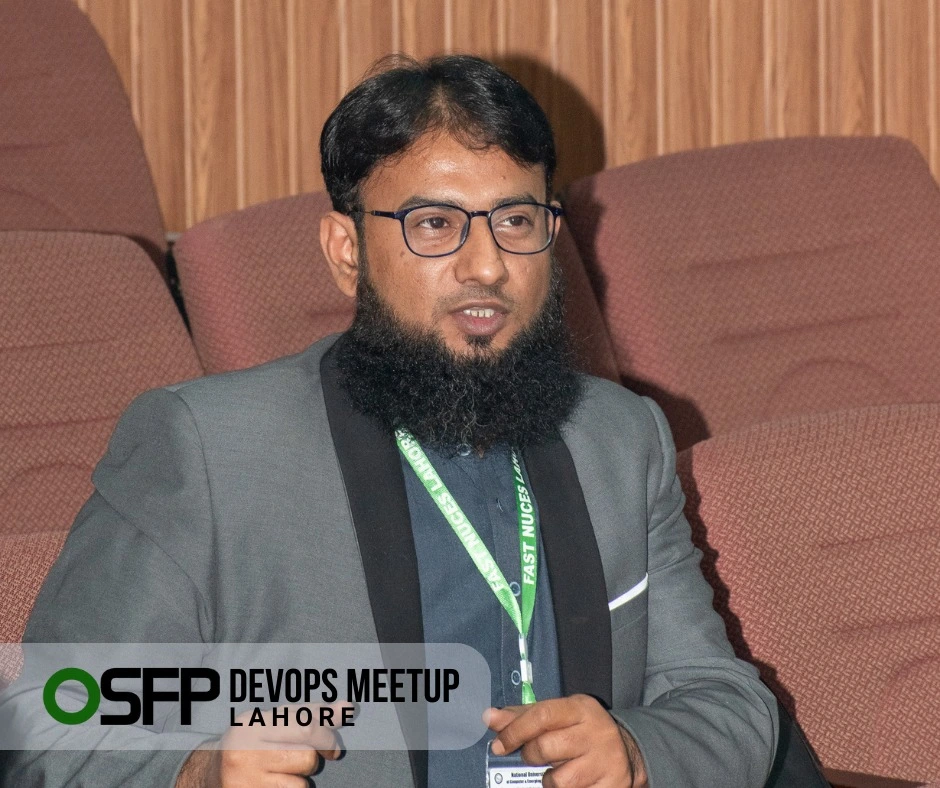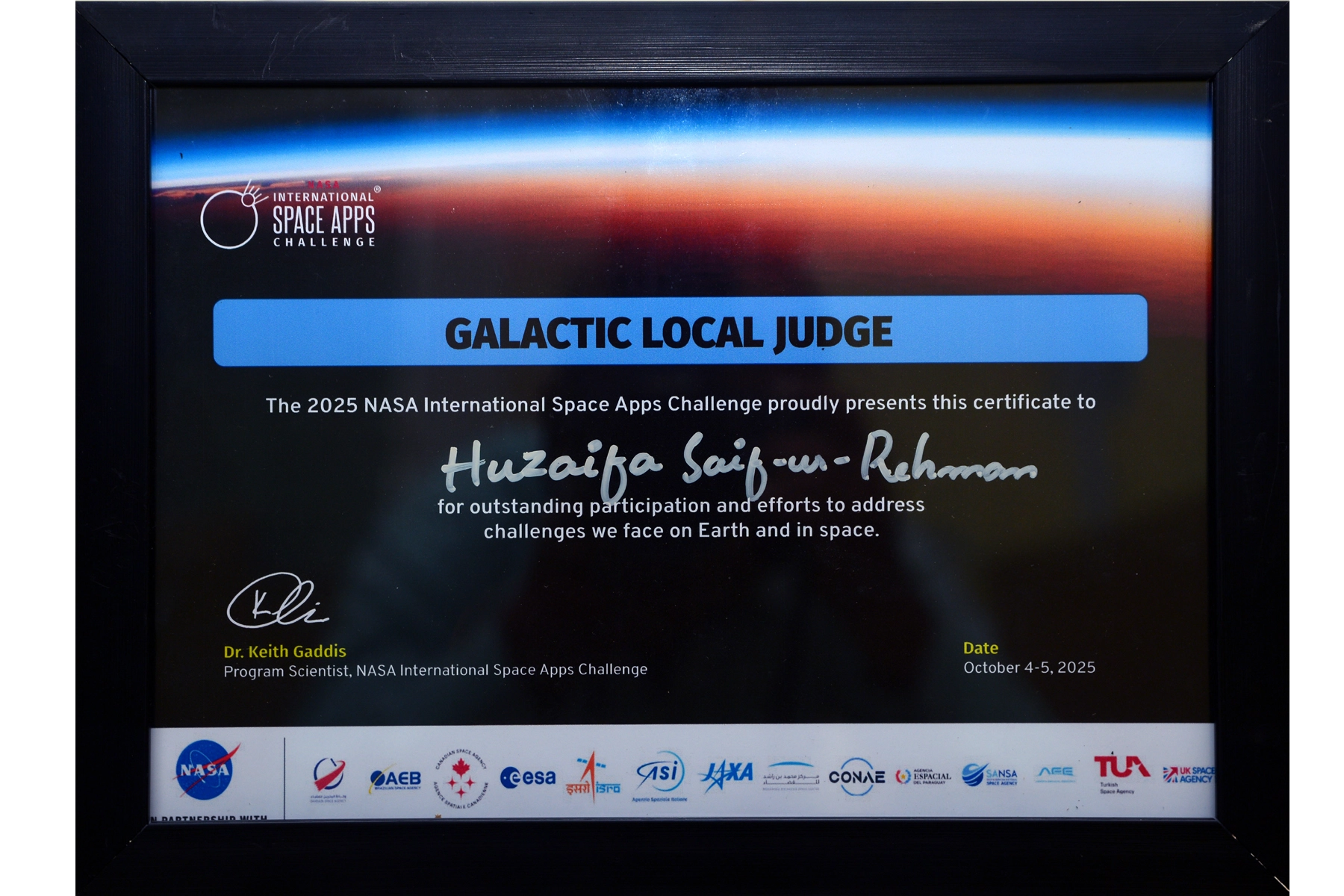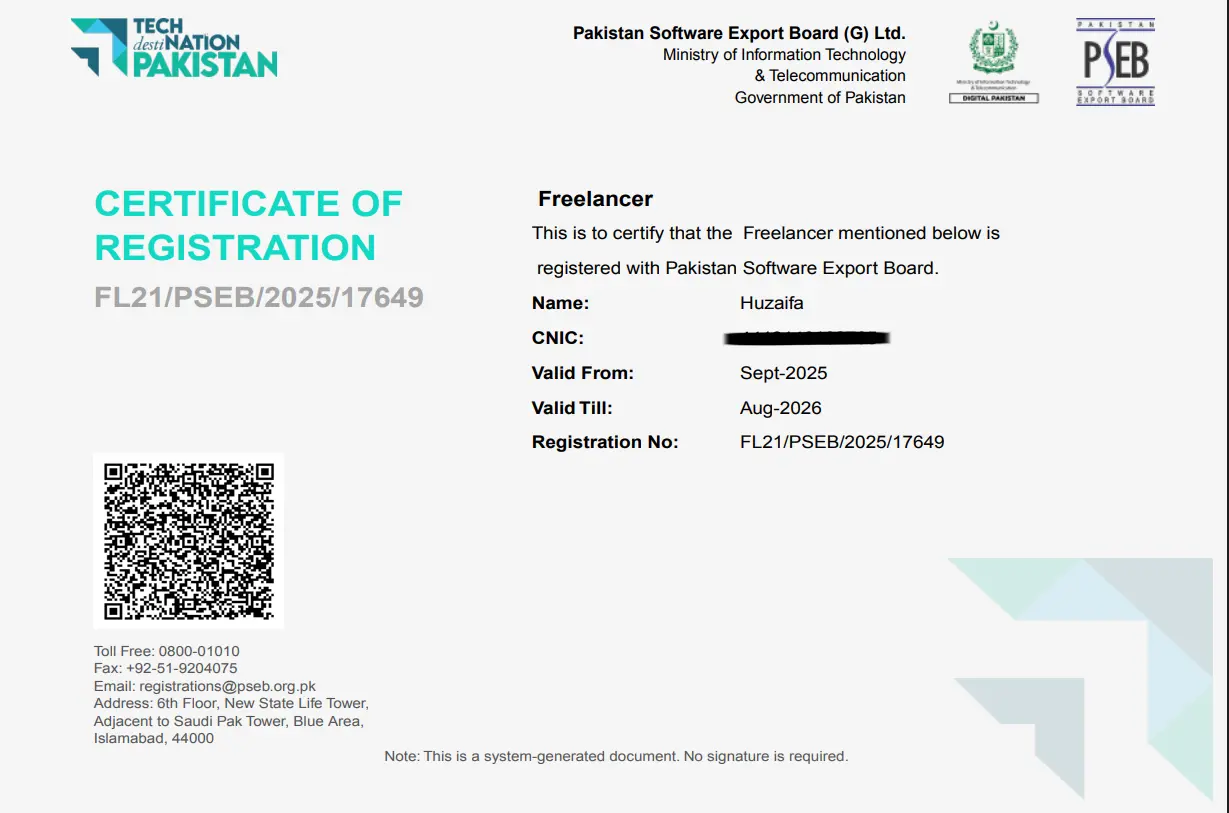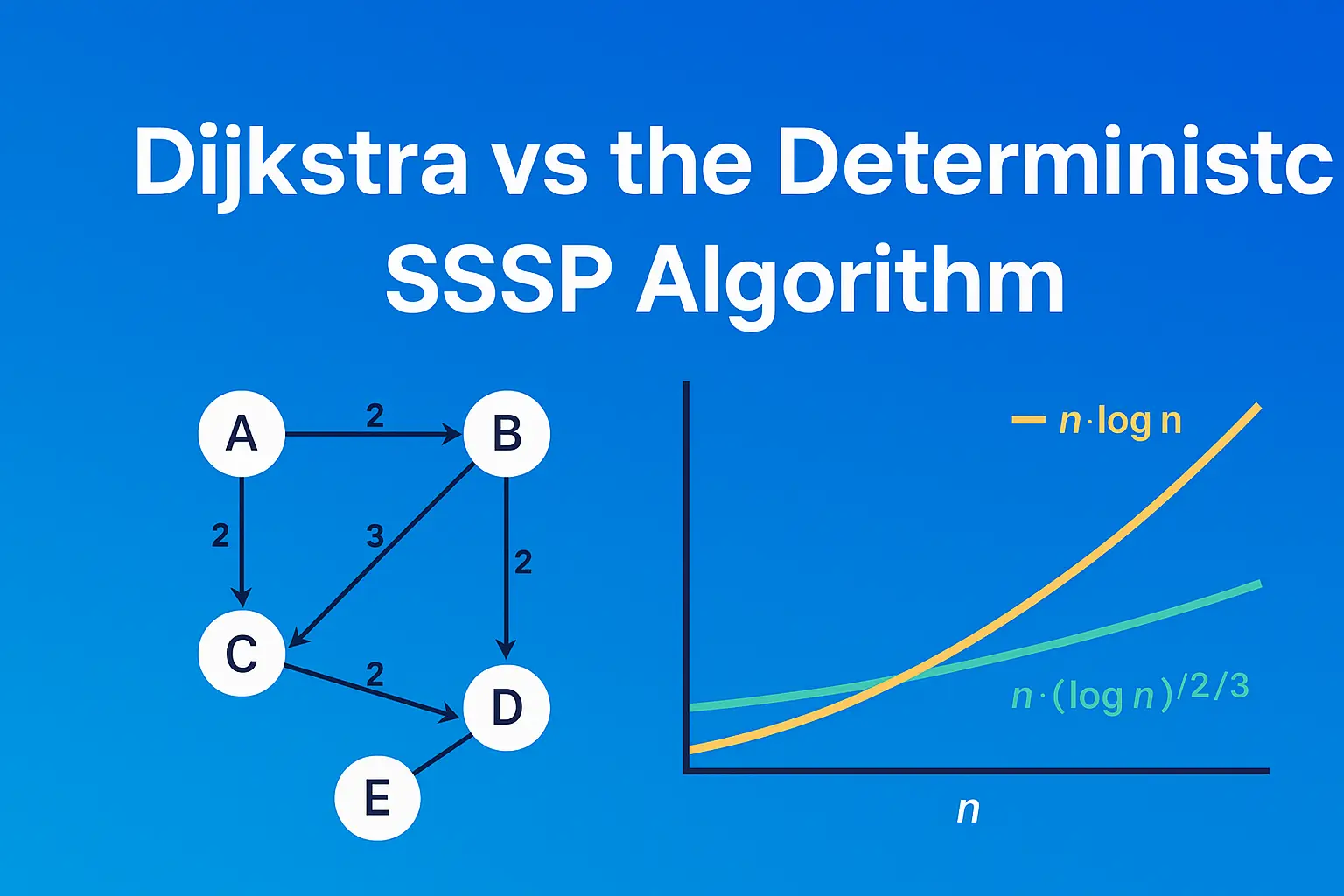Embracing Laravel And Vue.js With Inertia.js: My Journey From Wordpress To A Modern Monolith Architecture
Last updated on

In the pursuit of a seamless and efficient blogging experience, I embarked on a journey to create my own blog. Initially opting for the convenience of WordPress, I found myself entangled in the limitations and the time-consuming aspects of customization. Fueled by the desire to streamline my blogging process amidst a hectic schedule of work and academics, I decided to explore a more modern approach. This article marks a significant milestone as the first post on my blog, now built using Laravel and Vue.js with Inertia.js, embracing the power of a modern monolith architecture.
The WordPress Challenge:
While WordPress undoubtedly offers a user-friendly environment for blogging, I soon realized that the constraints of pre-designed themes and plugins were hindering my ability to create a truly unique and personalized platform. The constant need for updates and security checks added an extra layer of complexity, diverting my focus from content creation to maintenance.
The Laravel and Vue.js Paradigm Shift:
Seeking a more robust and customizable solution, I turned to Laravel, a PHP web application framework known for its elegant syntax and developer-friendly features. Coupled with Vue.js, a progressive JavaScript framework for building user interfaces, I found the perfect combination to bring my vision to life.
Inertia.js: The Glue Between Laravel and Vue.js:
Inertia.js emerged as a game-changer in my development journey, providing a modern monolith architecture that seamlessly connects Laravel and Vue.js. With Inertia.js, I could build dynamic, single-page applications without sacrificing the simplicity and elegance of server-driven page loads. This eliminated the need for constant API calls and improved the overall performance of my blog.
Advantages of the Modern Monolith Architecture:
- Efficiency: Inertia.js reduced the complexity of managing separate frontend and backend codebases, enabling me to write less code and achieve more functionality.
- Seamless Integration: The tight integration between Laravel and Vue.js allowed for a smooth development process, promoting code reusability and maintainability.
- Improved Performance: With Inertia.js handling the communication between the server and client, my blog now boasts faster page loads and a more responsive user experience.
- Enhanced Customization: Laravel's Blade templating engine and Vue.js components empowered me to design and customize every aspect of my blog to align with my personal style.
Conclusion:
Transitioning from WordPress to a modern monolith architecture built on Laravel, Vue.js, and Inertia.js has been a transformative experience. This migration has not only freed up my time from routine maintenance but also allowed me to fully express my creativity in crafting a unique and personalized blogging platform. As I embark on this new chapter, I look forward to sharing more insights and content through my blog, now powered by the dynamic synergy of Laravel and Vue.js.


